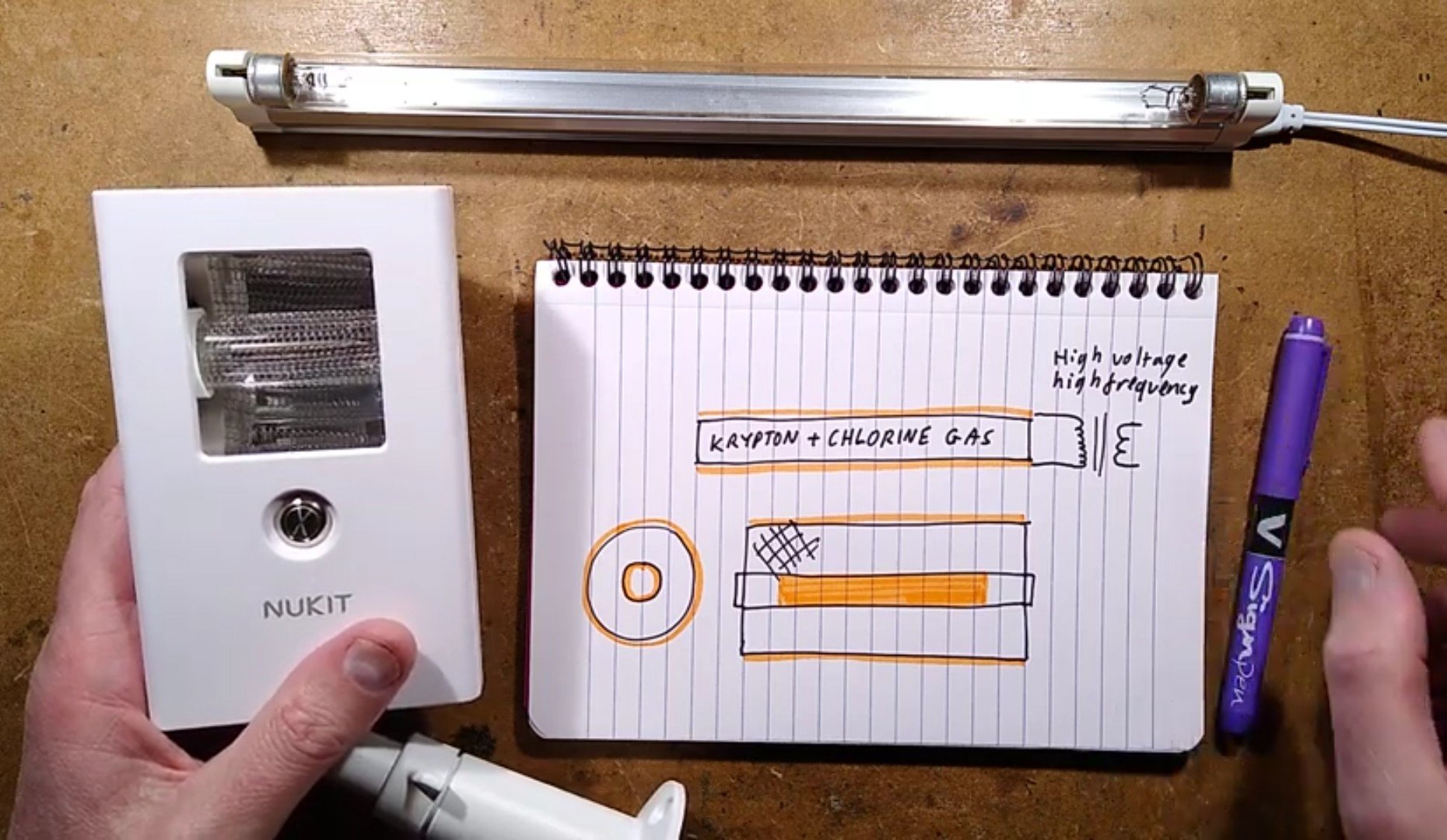https://www.youtube.com/watch?v=U4a_kJkVUis
Big Clive's video description:
This is not a sponsored video. I feel it's important that people should know about this evolving technology, and Naomi is working on making it affordable.
During the pandemic YouTuber Naomi Wu presented plans for traditional mercury vapour based UVC sterilising lights with a special housing, to sterilise air in a room without exposing the occupants to the 254nm UVC light.
With the evolution and availability of the new era 222nm excimer lamps, Naomi has gone on to design a full product designed to be easy and convenient to deploy in populated areas like medical practices, waiting rooms, retail environments, food preparation areas and live events.
The special feature of the 222nm wavelength is that it is long enough to deactivate viral and bacterial air contaminants, but short enough not to pass through the outer layer of dead skin or the tear-layer of humans. That means that it is currently considered safe to use in occupied areas.
The filter on the front of the light seems to specifically pass 222nm. Without it there is a very slight hump in the spectral output at around 237nm. The filter attenuates that completely.
Excimer is an abbreviation of Excited-Dimer, where a dimer is the joining of two molecules. In the case of the excimer lamps the molecules are encouraged to bond temporarily in a plasma discharge, and when they revert back to their non-excited state they emit a photon of light at a specific wavelength determined by the chemistry. In this case it's molecules of Krypton and Chlorine that form brief molecules of Krypton-Chloride (KrCl), before reverting back and emitting 222nm photons in the process.
The process of creating the plasma is very similar to dielectric barrier ozone generators. By coupling to the gasses capacitively the lamp also avoids contaminating the gasses with the electrode materials.
Note that the unit uses 500mA at 12V (6W) but has a generously rated 12W power supply that runs cool.
This technology looks like it may be valuable in medical, care, travel or social environments to limit the spread of pathogens.
Here's a link to Naomi's pleasingly-named online shop:- https://cybernightmarket.com/products
